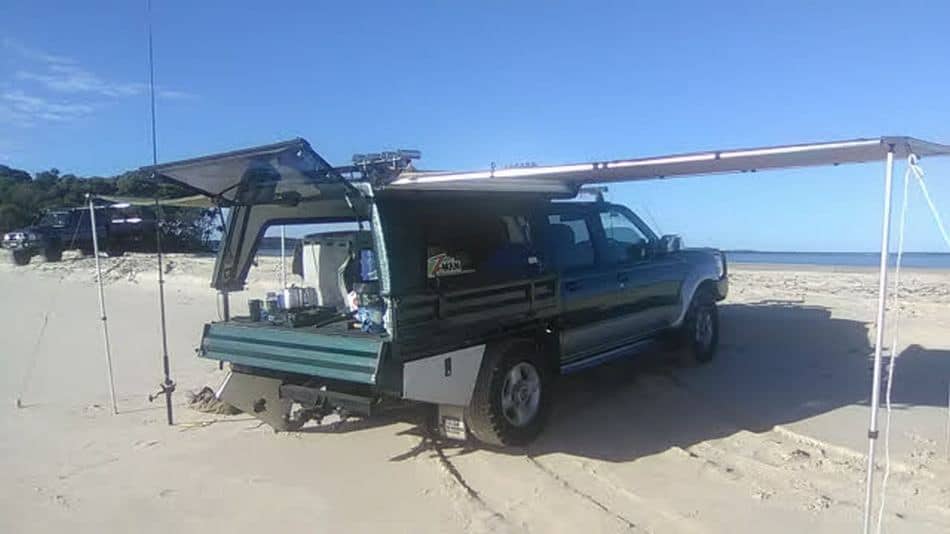With its wide-open, beautiful spaces, it’s no surprise that camping in Australia is extremely popular. However, it’s essential to ensure you prepare well before heading into the Australian wild. There are several hidden dangers of camping in Australia familiarizing yourself with them is one step toward being prepared.
Here are the hidden dangers of camping in Australia:
- Dehydration and heat exhaustion while camping or hiking
- Risk of bushfires in the Australian wild.
- Falling tree branches around your camp.
- Water dangers include crocodiles and rip currents.
- Small animals like spiders and snakes in Australia.
The Australian outback is a place of stark beauty and a myriad of flora and fauna to discover; however, it also holds its own dangers. This article explores everything you need to know about the hazards of camping in Australia, focusing on unexpected threats.
It also includes advice on how to avoid or address these dangers.
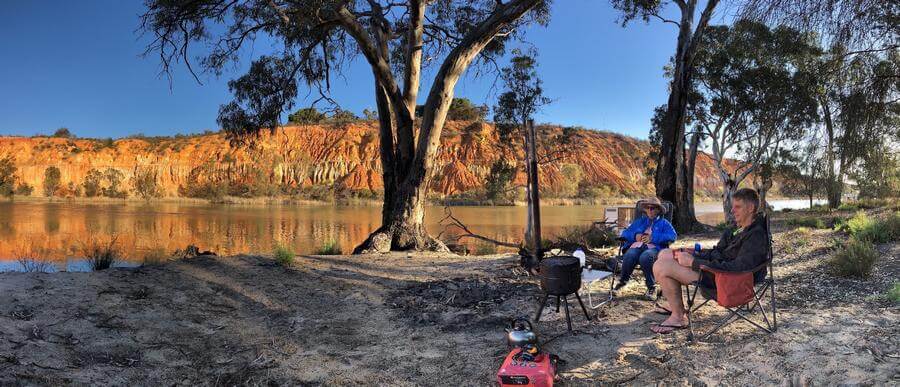
1. Dehydration And Heat Exhaustion While Camping Or Hiking
Australia is known for its extreme temperatures. During summers, the temperatures can rise to 48℃(118.4°F).  This heat shouldn’t put you off camping in the summer in Australia. However, you should familiarize yourself with the symptoms of heat illnesses and consider how to avoid them.
This heat shouldn’t put you off camping in the summer in Australia. However, you should familiarize yourself with the symptoms of heat illnesses and consider how to avoid them.
Here are some common symptoms and consequences of heat stroke:
of heat stroke:
- Dehydration. Dehydration occurs when the body cannot get the fluid it needs to function effectively. It may result in dizziness, exhaustion, fainting, or a loss of appetite.
- Heat cramps. When you exert yourself extensively while camping, you may begin to suffer from muscle pains and spasms. These are symptoms of heat cramps and may stop you from engaging in all camping-related activities.
- Heat exhaustion. Heat exhaustion results from excessive sweating and loss of water and salt. Some telltale signs of heat exhaustion are heavy sweating, pale skin, and unusual breathing.
Depending on the severity of the symptoms, developing a heat stroke while camping can be dangerous, especially if there are no medical facilities nearby. To reduce the risk of heat-related illness, here’s what you should do:
- Drink plenty of water. You should ensure you keep yourself well hydrated throughout your camping trip. As well as packing plenty of water, make sure you bring along a water filter or water purification tablets to drink water from streams, rivers, or lakes.
- Reduce strenuous activity. If you are camping in the summer, it’s best to ensure you aren’t doing too many strenuous activities as these will increase the risk of dehydration and heat cramps.
- Keep cool. Ensure you bring along plenty of equipment that will keep you cool. Items include cool packs, an Esky, and cooling beads. If camping with a camper van, ensure it has a built-in fridge to keep drinks and medication cool.
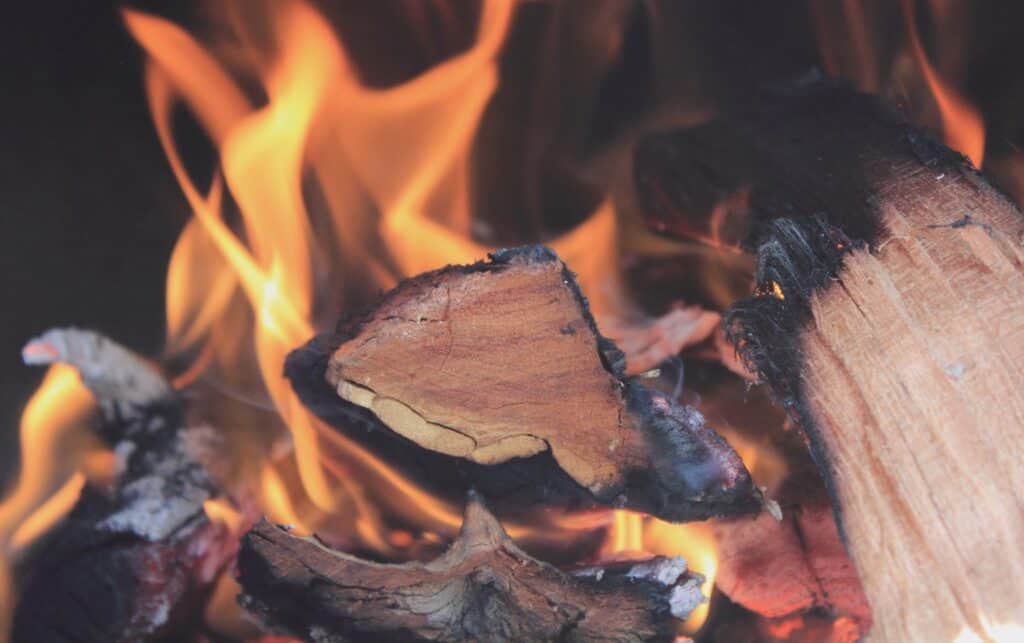
2. Risk Of Bushfires In the Australian Wild
Another consequence of extremely high temperatures is an increased risk of bushfires. During summers, the Australian countryside is arid with branches and leaves that act as excellent kindling for fires to spread.
If you are camping in summer, check any fire warnings and avoid areas with a moderate or high risk of fires. To reduce the risk of starting a bushfire yourself, here are some tips:
- Light fires in designated areas. Every Australian campsite will have a designated fire area like a fire pit. These areas are suited to contain fires and reduce the risk of them spreading.
- Check whether fires are allowed. Some days, there is a total fire ban in Australia, and fires aren’t even allowed in a designated area. Check on the fire warnings
 in the state you’re camping in.
in the state you’re camping in. - Carry along a bucket. A bucket is essential on every camper’s checklist but especially important in Australia. You can fill Buckets with sand and water as a precaution to control any fires that get out of hand.
3. Falling Tree Branches Around Your Camp
Many Australian forests and campgrounds have many gum trees. Some species of gum trees regularly shed branches. If these branches fall onto you or your tent, you can be startled or injured.
To avoid the risk of branches falling onto your or your tent, ensure you’re not setting up under any gum trees. It would help if you also tried to avoid camping under trees with nests or burrows as these will have animals moving through them at night, making leaves, twigs, and branches fall.
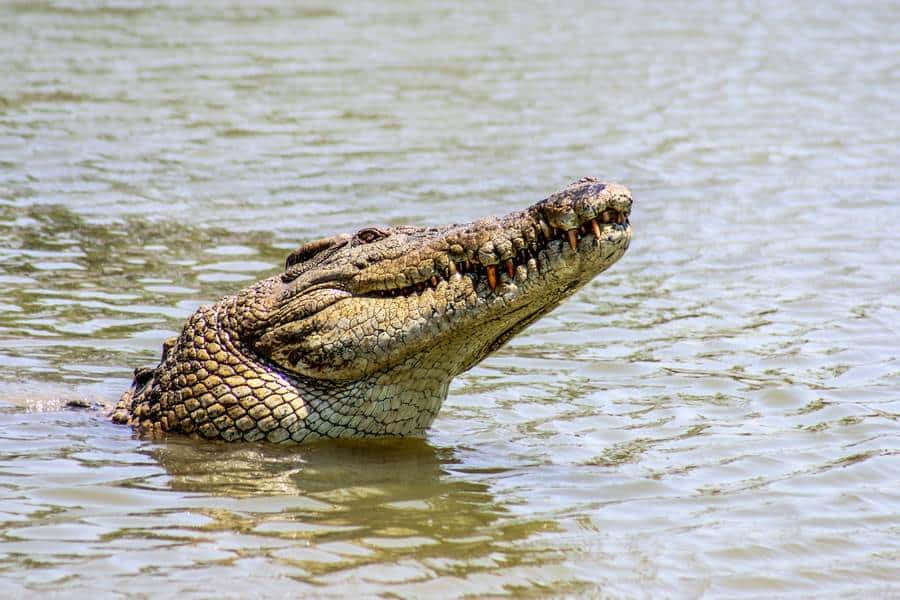
4. Water Dangers Including Crocodiles And Rip Currents
If you are camping near a water body or plan on fishing while camping, you may expose yourself to dangers in the water . If you are fishing or swimming in the sea near your camping ground, you may get caught in a rip tide and be at risk of drowning. If you are camping near a river mouth, you may encounter crocodiles, while if you’re on the beach, you may encounter jellyfish and sharks.
. If you are fishing or swimming in the sea near your camping ground, you may get caught in a rip tide and be at risk of drowning. If you are camping near a river mouth, you may encounter crocodiles, while if you’re on the beach, you may encounter jellyfish and sharks.
Here’s a little more detail about each water hazard and how to avoid them:
- Rip tides. Rips are fast-moving channels of water that can quickly sweep you away from one spot in the sea to another. Getting caught in a rip can be exhausting and dangerous. To avoid getting caught in a rip, learn to recognize them and look at signs on the beach—only camp and swim in patrolled areas.
- Crocodile encounters. Make sure you are camping at least 50 meters (164.04 ft) away from rivers, especially in Queensland, as crocodiles are known to attack
 if you are too close to the water.
if you are too close to the water. - Shark and jellyfish encounters. Australian seas have large populations of sharks and bluebottle jellyfish. While it’s hard to predict where these will be, you should look for signs on the beach and ensure you know what to do if you come across a shark or jellyfish.
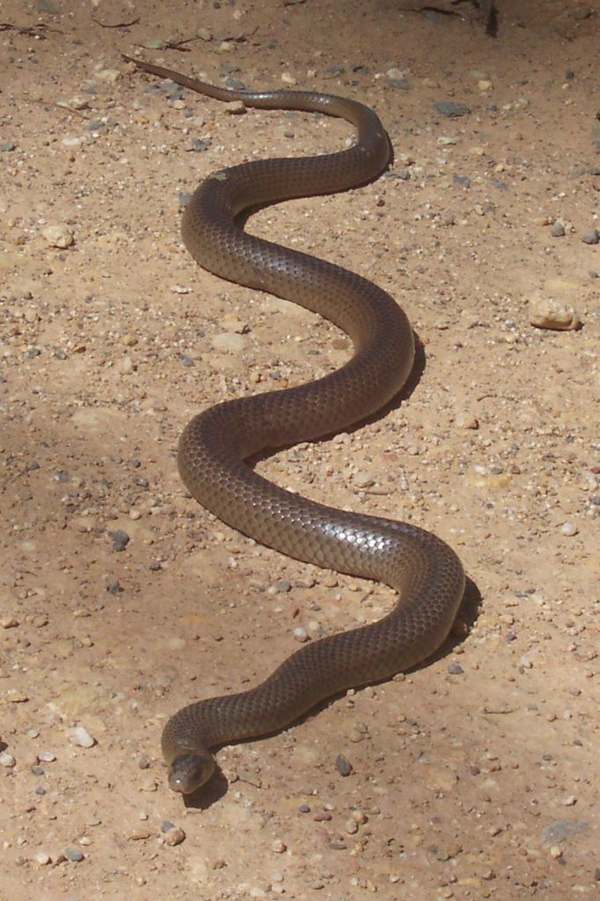
5. Small Animals Like Spiders And Snakes In Australia
The Australian countryside boasts plenty of wild animals. While most campers know to keep a safe distance from larger animals like kangaroos and cassowaries, they may not know about smaller dangerous critters like spiders and scorpions.
Here’s a closer look at the animals to be wary of:
- Spiders. Australia has approximately 10,000 species of spiders. While most are harmless, you should be wary of redback spiders
 , Sydney funnel-web spiders, trapdoor spiders, mouse spiders, and white-tailed spiders. Several severe reactions to getting bitten by a poisonous spider include nausea, hives, and chest constrictions.
, Sydney funnel-web spiders, trapdoor spiders, mouse spiders, and white-tailed spiders. Several severe reactions to getting bitten by a poisonous spider include nausea, hives, and chest constrictions. - Scorpions. Some of the most dangerous scorpions in Australia are brown scorpions, desert scorpions, and marble scorpions. Most scorpion stings are excruciating but cannot kill you.
- Snakes. Australia is home to the world’s deadliest snakes, including the Inland Tapian
 , the small-eyed snake
, the small-eyed snake , and the common death adder
, and the common death adder .
.
To avoid these dangerous animals, try to avoid areas with a lot of vegetation and ensure you inspect your camping areas for burrows, webs, and any evidence of animal habitation.
More Pages On Camping
If you want to camp in Australia, note that camping trips can sometimes require a lot of travelling. The campsite you want to go to might be far away, or the hotel you want to stay in might be full....
Small campervans can be extremely cosy and easier to manoeuvre on the road, but they don't always have all the things you may need. So, let's talk about some smaller-sized camper vans that still have...


